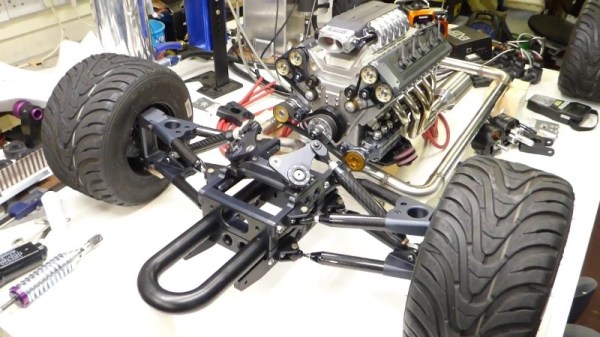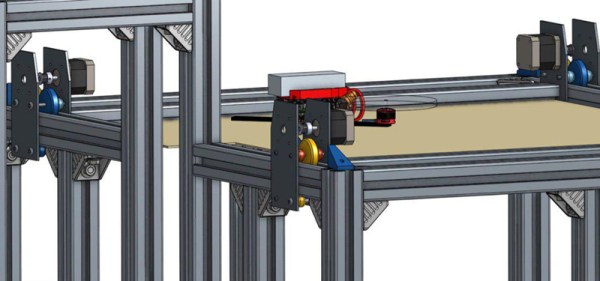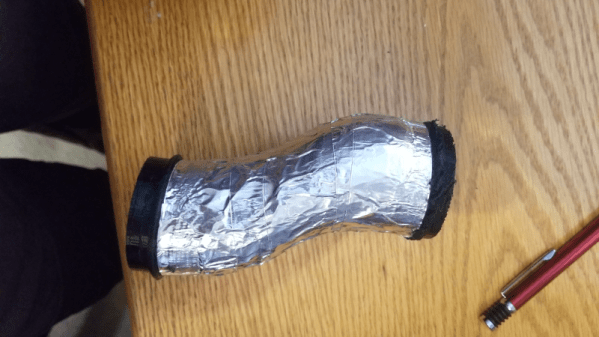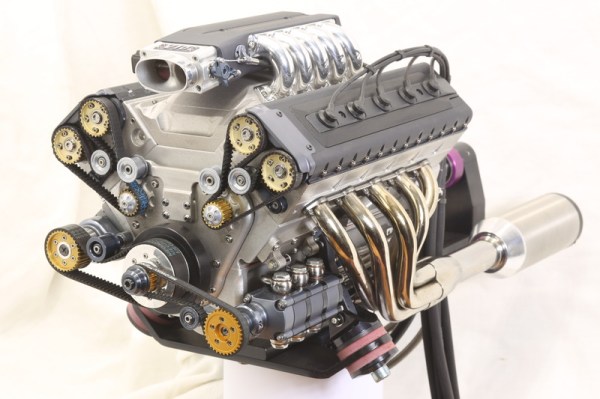For those addicted to automotive thrills, there’s always an underlying lust for more power. For those chasing a bigger number, forced induction is one of the most effective ways to achieve it. In addition to more grunt, you get a whole bunch of fun new noises, too. For those with a naturally aspirated car, here’s how you go about converting to forced induction.
Superchargers and Turbos
When we talk about forced induction, we’re talking about forcing more air into the engine under pressure. With more air available, it’s possible to fully combust more fuel, creating more power. The two most common ways of doing this are supercharging and turbocharging. We’ll be using the common automotive vernacular here, so those eager to bicker about terminology from the early 20th century aircraft industry best do it in the comments. Continue reading “How To Get Into Cars: Forced Induction”
















